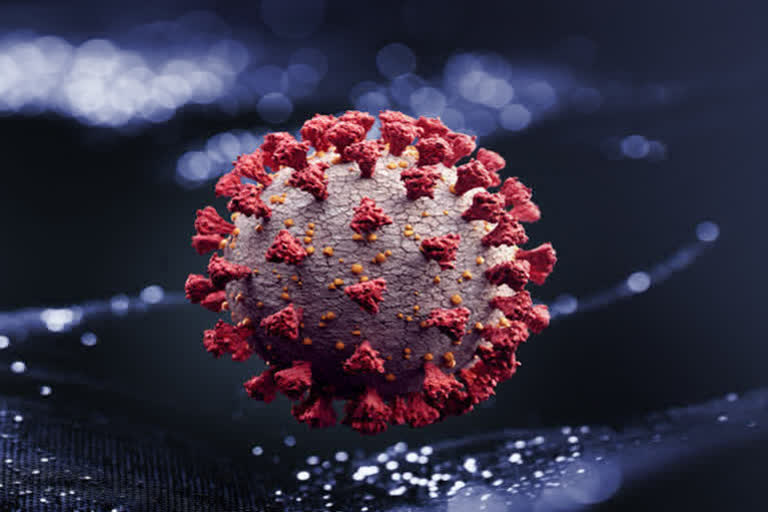New Delhi: The Union health ministry was in the thick of the action throughout 2020 in India's fight against coronavirus, ramping up testing facilities as well as health infrastructure while simultaneously issuing COVID-19 treatment and management guidelines from time and time.
At the same time, it put on track the development of a vaccine which is likely to be available early next year.
The first case of coronavirus infection in the country was recorded on January 30 in Kerala and the first death on March 10 in Karnataka. By September, India became the second worst-hit nation, after the US, in terms of COVID-19 cases.
As the country eased the lockdown norms through a graded and pre-emptive approach, the health ministry started issuing standard operating procedures for opening up of religious places, shopping malls, restaurants, hotel and offices and most recently for educational institutions to prevent the spread of the virus.
The Centre on March 30 also launched Rs 50-lakh insurance cover for health workers fighting COVID-19. It also constituted 11 empowered groups on different aspects of COVID-19 management in the country to make informed decisions on various issues.
The number of daily coronavirus cases peaked in September with 97,894 infections being reported on the17th day of the month, after which India began witnessing a decline in cases even though several other countries saw a surge in infections.
India crossed the grim milestone of one crore COVID-19 cases on December 19, even as the spread of the virus slowed down with almost a month being taken for the 10 lakh new infections unlike in the period from August till mid-November when they rose at a faster rate.
Recoveries have crossed 98 lakh putting the country in the number one position in terms of the number of recovered coronavirus cases, followed by Brazil while it is in the third spot in terms of fatalities globally after the US and Brazil, according to the Johns Hopkins University, which has been compiling global COVID-19 data.
While battling the pandemic, India ramped up the production of COVID-19 protective gears like PPE and N-95 masks while scaling up testing facilities boosting indigenous production of such items thereby reducing dependency on foreign countries.
Starting with a single laboratory, the National Institute of Virology (NIV) in Pune and having 100 laboratories in the beginning of the lockdown, the ICMR validated the 1000th testing laboratory on June 23.
India has so far tested over 17 crore samples for COVID-19 in its over 1,200 government and 1,080 private laboratories.
As several countries raced to develop a vaccine against the deadly viral disease, Indian scientists too plunged into action and developed at least three vaccine candidates, one of which now is under active consideration for approval.
At present, six COVID-19 vaccines are undergoing clinical trials in India.
READ: UK travellers' samples sent for testing in Rajasthan
They are Covaxin, developed by Bharat Biotech in collaboration with ICMR; Oxford vaccine manufactured by SII under licence from AstraZeneca; ZyCOV-D being developed by Cadila Healthcare Ltd in Ahmedabad in collaboration with the Centre's Department of Biotechnology; Sputnik V vaccine manufactured by Dr Reddy''s Lab, Hyderabad, in collaboration with Russia''s Gamaleya National Centre; one manufactured by Biological E Ltd, Hyderabad, in collaboration with MIT, US and the sixth developed by Pune-based Gennova Biopharmaceuticals Ltd in collaboration with HDT, US.
